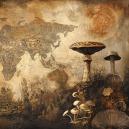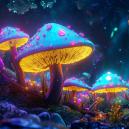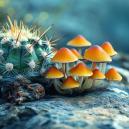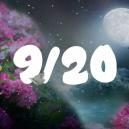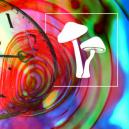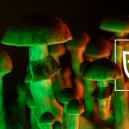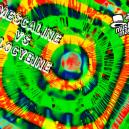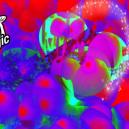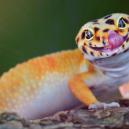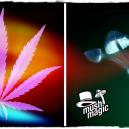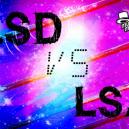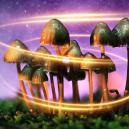The Differences Between Mescaline And Psilocybin
Published :
August 1st, 2024
Categories :
Research

In a world full of drugs, there are only a handful that have a history stretching back millennia. Today, we explore and compare mescaline and psilocybin, two naturally occurring hallucinogenic alkaloids.
There are many drugs in the world, and among them exist a handful of psychedelics. All psychedelics share some broad similarities, and yet each is distinct in its own right. In this article, we look at psilocybin and mescaline, examining how they are similar and how they differ. This is not to judge which is best, but merely to give an overview of their similarities and differences.
GETTING TO KNOW MESCALINE (PEYOTE CACTUS) AND PSILOCYBIN (MAGIC MUSHROOMS)
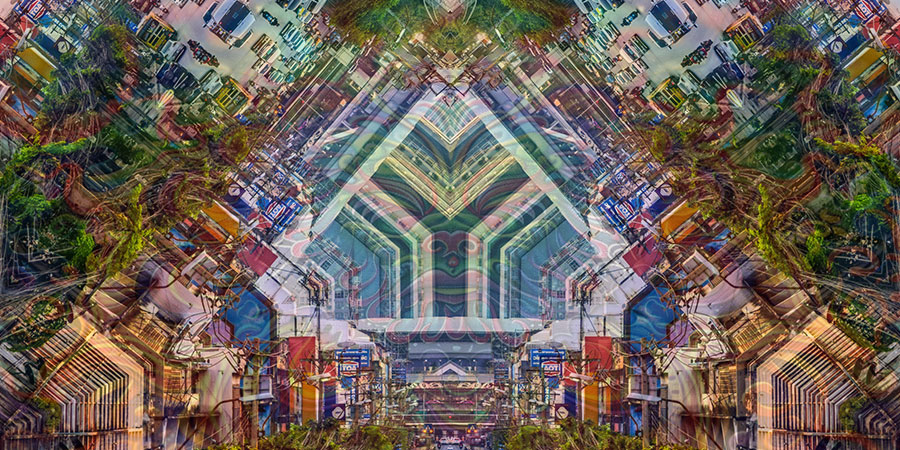
Psilocybin and mescaline are distinct alkaloids that have somewhat similar effects. Both are hallucinogens, and can be further categorised as classic serotonergic psychedelics, alongside the likes of LSD and DMT. While they have similarities in terms of pharmacology and effects, and share a close history in terms of traditional spiritual use, they have quite different natural origins.
OCCURRENCE IN NATURE
Psilocybin and mescaline are two naturally occurring psychedelics, each derived from different sources. Psilocybin is found in over 100 species of mushroom, most commonly within the Psilocybe genus, such as Psilocybe cubensis and Psilocybe semilanceata, to name two of the most well-known species. These mushrooms grow in diverse regions across the globe, including North America, South America, Europe, Africa, and Asia.
Mescaline, on the other hand, is found in various cacti, most notably the peyote cactus (Lophophora williamsii), San Pedro cactus (Echinopsis pachanoi), and the Peruvian torch (Echinopsis peruviana). These cacti are native to the Southwestern United States and Mexico.
So, while both mescaline and psilocybin grow in nature, psilocybin comes from the fungi kingdom, and mescaline from the plant. This means that there are many millions of years separating them from their last common ancestor, making them very distant cousins at best. We can therefore say that they have quite different natural origins. What’s more, cacti thrive in desiccated, dry environments, whereas fungi require plenty of moisture!
TRADITIONAL USE
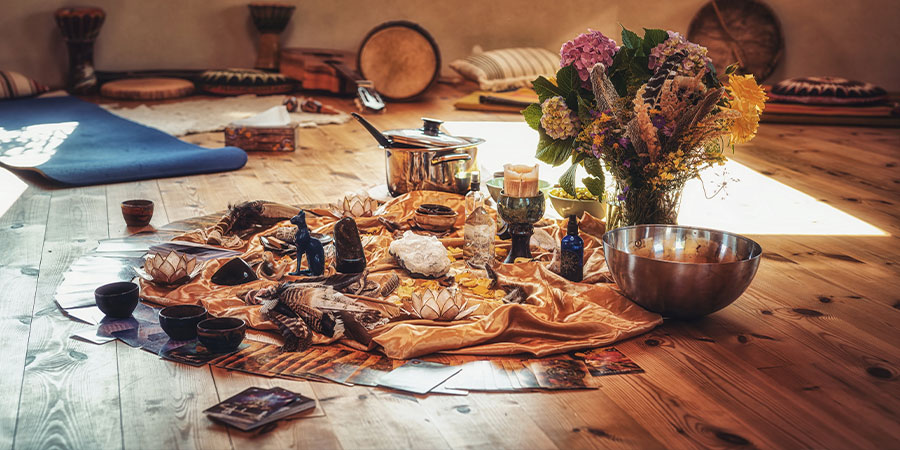
Both psilocybin mushrooms and mescaline cacti have rich histories of traditional use, especially in Central and South America. Indigenous cultures in Mesoamerica, such as the Aztecs and Mazatecs, used psilocybin mushrooms for spiritual and religious ceremonies. They referred to these mushrooms as "teonanácatl", meaning "God's flesh", demonstrating their revered status. Psilocybe mushroom usage can be traced to many cultures around the globe, though, and is by no means limited to the Americas.
Similarly, mescaline-containing cacti have been used by Native American tribes in the Southwestern United States and Mexico for thousands of years. The peyote cactus, in particular, has played a central role in the spiritual practices of certain cultures, where it is consumed in ceremonies. Beyond the Central band of the Americas, however, mescaline is not to be naturally found.
So, mescaline and psilocybin share similarities in that each has long been used for spiritual purposes. However, due to the much broader range of environments that Psilocybe mushrooms grow in, their influence has been correspondingly broader.
HOW DOES MESCALINE COMPARE TO PSILOCYBIN?
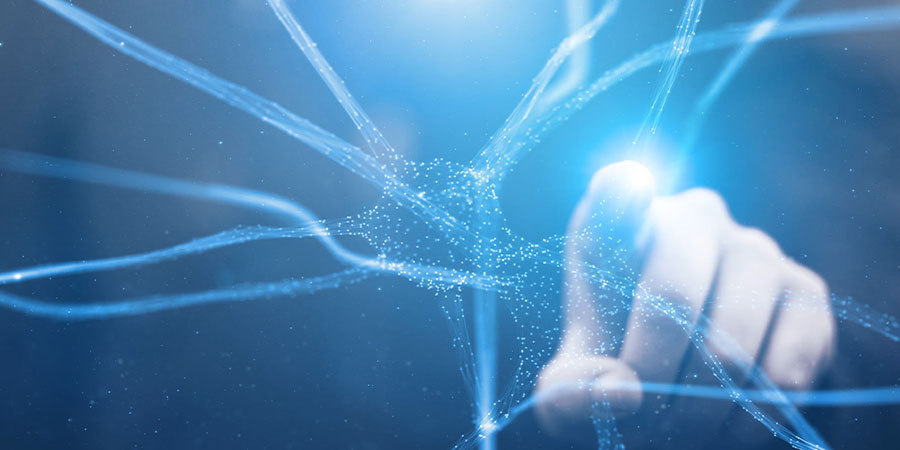
Despite their distinct natural origins, the two drugs are very similar, especially in terms of pharmacology and effects. Still, they maintain some notable differences. Let’s take a deeper look at how these two compare.
PHARMACOLOGY
Psilocybin and mescaline both interact with serotonin receptors in the brain, but they do so in slightly different ways. Psilocybin is metabolised in the liver into psilocin, which primarily binds to the 5-HT2A serotonin receptor, leading to its psychoactive effects. Mescaline, however, binds to multiple serotonin receptors, including 5-HT1A, 5-HT2A, 5-HT2B, and 5-HT2C, as well as dopamine receptors, which may account for some differences in their subjective effects.
Although the mechanisms of action do differ, both can primarily be considered serotonergic, hallucinogenic compounds.
BRAIN CHEMISTRY
Both substances influence brain chemistry by mimicking serotonin, a neurotransmitter involved in mood regulation, perception, and cognition. Psilocybin's effects are linked to increased connectivity between different regions of the brain, which is thought to lead to both the recreational effects and potential therapeutic effects. Mescaline also promotes increased brain activity, but through slightly different receptor pathways, which might explain its unique visual and tactile hallucinations.
Mescaline has been the subject of less research compared to psilocybin, so its physical effects on the brain are less understood.
RECREATIONAL EFFECTS
The recreational effects of psilocybin and mescaline can vary significantly. Psilocybin often induces visual hallucinations, enhanced colours, and patterns, as well as profound changes in thought and mood. Users might experience synesthesia, where senses overlap, such as "hearing" colours or "seeing" sounds.
Mescaline, in contrast, is known for its vivid visual hallucinations, including geometric patterns and distortions in spatial perception. It also tends to produce a more physical experience, with altered tactile sensations and feelings of euphoria.
How much these effects differ from one another is a subjective matter. In one sense, they both clearly share psychedelic characteristics and feel very familiar to those familiar with psychedelics. Despite this, their character is nevertheless distinct.
THERAPEUTIC POTENTIAL
Psilocybin has shown great promise in the treatment of various mental health conditions. Clinical studies are currently determining its potential in alleviating symptoms of depression, anxiety, and addiction. It is believed to work, in part, by inhibiting activity in the DMN and encouraging interconnectivity between brain regions, which researchers suggest may influence certain mental health conditions (Gattuso, 2022).
Mescaline's therapeutic potential is not well-documented but has traditionally been used to address conditions such as alcoholism and depression within the context of Native American healing ceremonies—although its main usage has always been ceremonial, rather than therapeutic. As interest in psychedelic research grows, more studies are likely to explore mescaline's therapeutic applications, but it will take time before we can say what these might be.
WHICH IS BETTER, MESCALINE OR PSILOCYBIN?
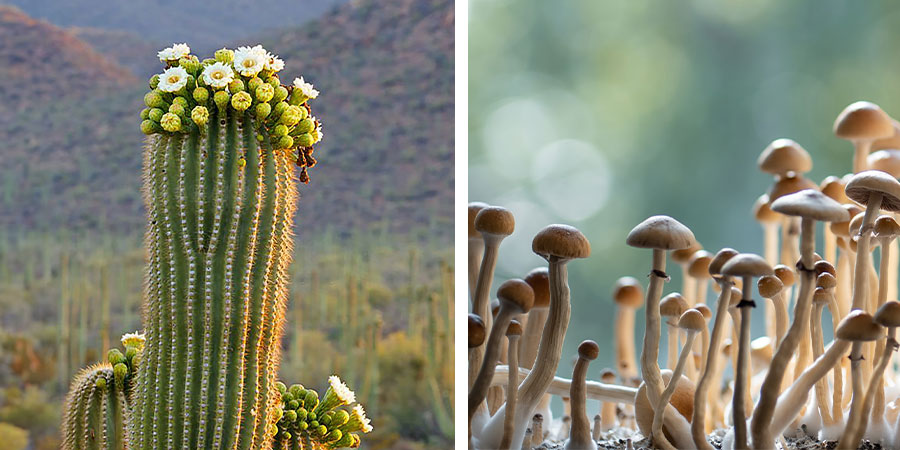
Neither is better or worse; it really depends what you’re after, and where you are. Psilocybin has been the subject of far more research than mescaline, which means users have a better idea of what they might stand to gain from it. That being said, there’s also plenty of information available about mescaline from community sources, such as Erowid, Bluelight, Reddit, and more.
Interestingly, people report that mescaline is best used in wide open spaces, such as the desert where it naturally grows. More closed spaces are said to feel claustrophobic. Psilocybin, on the other hand, is recognised to suit woodlands and more enclosed spaces. The effects of each drug differ enough to make each worth exploring for those who have an interest in psychedelics—then you can decide for yourself which you prefer.





